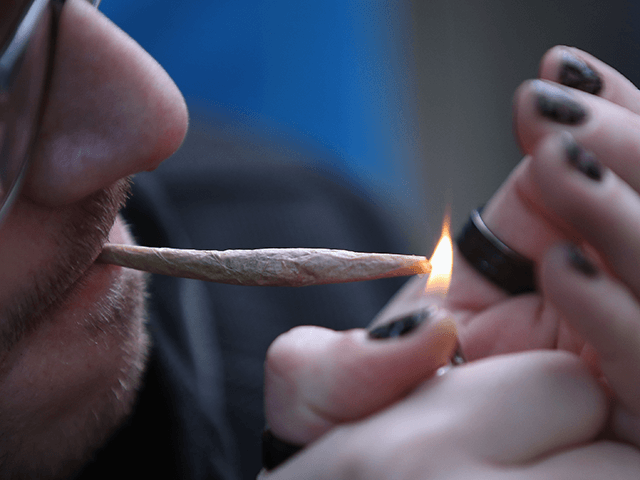A new study shows that marijuana use has reached record levels for young adults and may soon become a practice among the majority.
According to a recent Monitoring the Future study by scientists at the University of Michigan’s Institute for Social Research, marijuana and hallucinogen use has steadily climbed among young adults between 19 and 30 compared to just ten years ago:
Past-year, past-month and daily marijuana use (use on 20 or more occasions in the past 30 days) reached the highest levels ever recorded since these trends were first monitored in 1988. Marijuana use in the past month was reported by 29% of young adults in 2021, compared to 21% five years ago (2016) and 17% 10 years ago (2011). Daily marijuana use also significantly increased during these time periods, reported by 11% of young adults in 2021, a significant increase from 8% in 2016 and 6% in 2011.
Past-year hallucinogen use had been relatively stable over the past few decades until 2020, when reports of use started to increase dramatically. In 2021, 8% of young adults reported past-year hallucinogen use, representing an all-time high since the category was first surveyed in 1988. By comparison, in 2016, 5% of young adults reported past-year hallucinogen use, and in 2011, only 3% reported use.
Alcohol still remains the popular substance of choice among young adults, while binge drinking and high-intensity drinking has seen an uptick since the pandemic.
Megan Patrick, ISR research professor and principal investigator of the MTF panel study, said the pandemic represented an opportunity to examine how and why certain drugs became popular with a given demographic:
One of the best ways we can learn more about drug use and its impact on people is to observe which drugs are appearing, in which populations, for how long and under which contexts. Monitoring the Future and similar large-scale surveys on a consistent sample population allow us to assess the effects of ‘natural experiments’ like the pandemic. We can examine how and why drugs are used and highlight critical areas to guide where the research should go next and to inform public health interventions.
The study comes months after a UK study published in the journal Lancet Psychiatry showed people who use cannabis with a THC potency above 5 to 10 milligrams per gram have a higher risk of addiction and mental health problems. Study co-author Tom Freeman, director of the addiction and mental health group at the U.K.’s University of Bath, told CNN in an email at the time that high potency cannabis users have a “four-fold increased risk of addiction” over low potency cannabis users.
“A report by the United Nations found that in the past two decades, the proportion of people seeking treatment for cannabis addiction has risen in all world regions apart from Africa,” he said.
Currently, roughly three in ten people in the United States have been diagnosed with marijuana addiction, according to statistics from the US Centers for Disease Control and Prevention (CDC). Likewise, the European Monitoring Centre for Drugs and Drug Addiction found a 76 percent increase in treatment for marijuana addiction over the past decade.

COMMENTS
Please let us know if you're having issues with commenting.